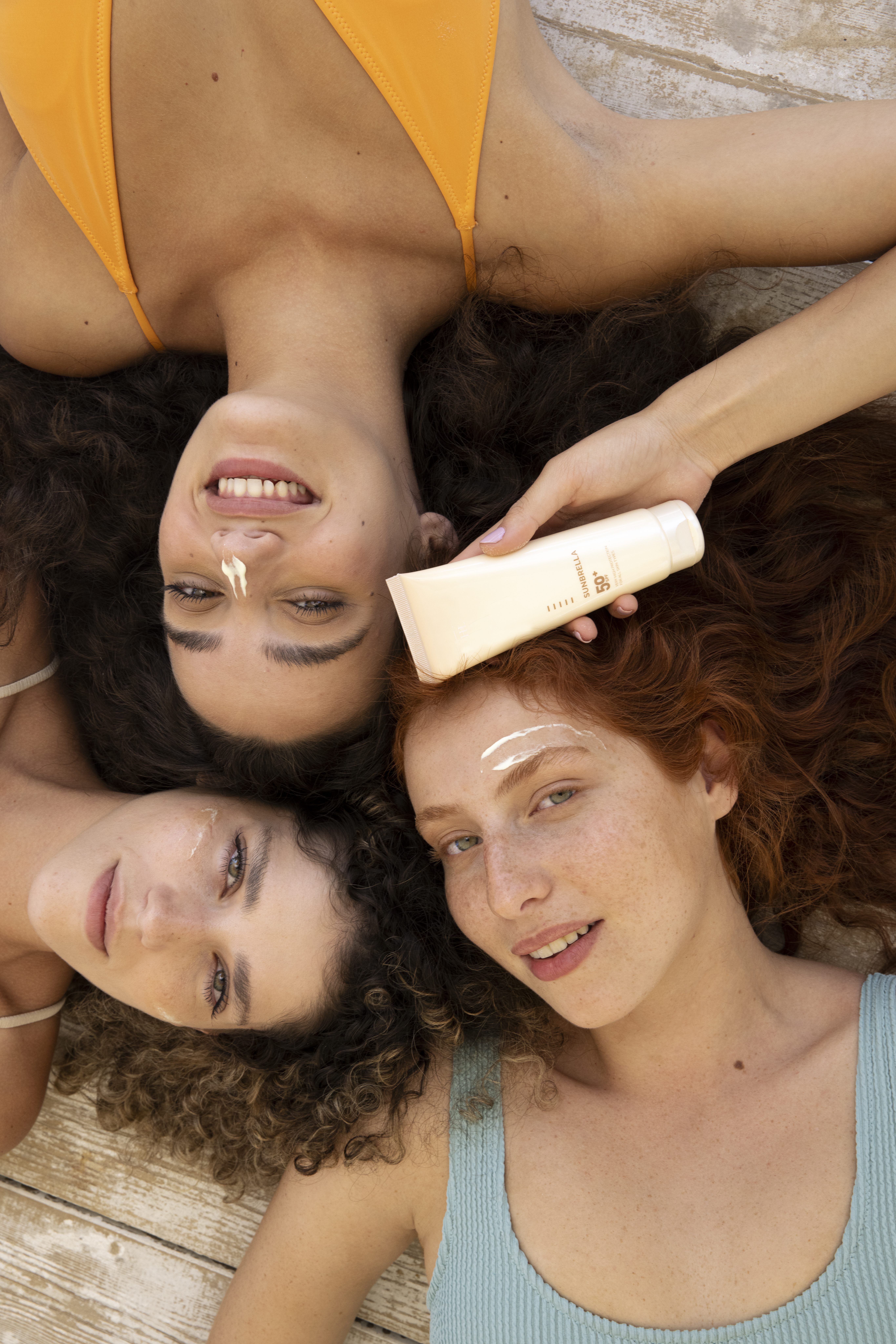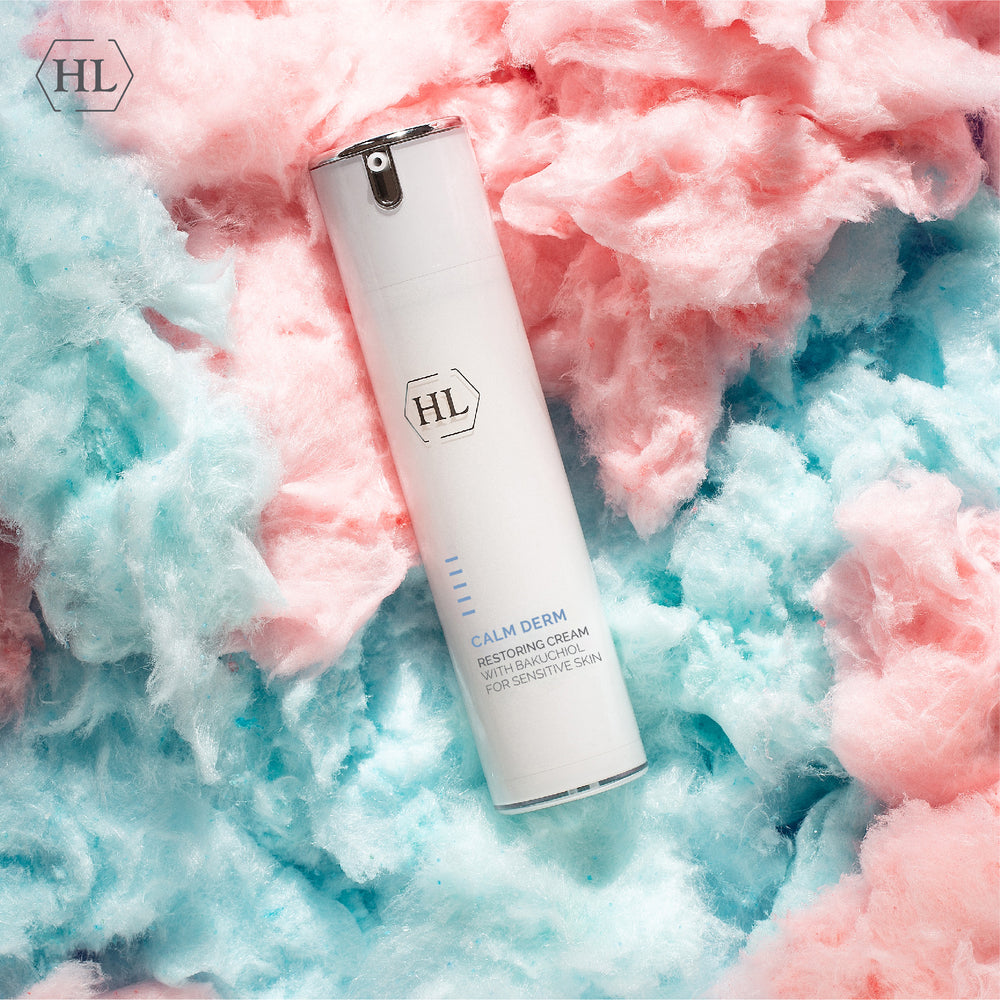The Good, the Bad and Tanning.
Maybe you have forgotten that you’ve tanned under last summer's sun, but your skin hasn’t. While visible damages of tanning can pass after a few days, the sun leaves its mark and the damages caused by its harmful rays appear in older ages in the form of freckles, sunspots, pigmentation and early onset of wrinkles and fine lines. How to protect your skin and which products are most suited to your skin? The following article will clear things up for you:
Why is it important to protect the skin against ultraviolet radiation?
Sun radiation is an integral part of our lives. It provides our world with light and heat and is vital to life. But these rays also fill a decisive role in the skin’s early aging. They speed up the production of free radicals in the skin and induce a chemical reaction in the cells that causes accumulative damage, collagen and elastin destruction and the appearance of freckles, spots, pigmentation and wrinkles. Excessive exposure to this type of radiation can also cause changes to the skin cells’ DNA, which fill a key role in the skin’s aging, and even induce skin cancer.
The main types of solar radiation we should avoid:
- UVB - these rays cause sunburns on the skin. This type of radiation is entirely absorbed in the epidermis - the outer skin layer and induces redness in the skin, peeling and burns when we expose our skin to the sun for too long.
- UVA - these rays are the main cause of the skin’s early aging. This type of radiation penetrates the skin’s middle layer, the dermis, and induces collagen and elastin destruction. It affects vital structures in the skin and speeds up its aging.
What effects does tanning have on our facial skin?
Immediate sun damage:
- Redness - mainly appears about two to six hours after exposure and starts fading within 24 hours.
- Sunburns - at various levels, according to the level of exposure.
- Freckles - may appear shortly after exposure.
- Pigmentation that appears immediately after exposure to the sun - this condition is mainly caused by an inflammatory process being created in the skin due to sun exposure and another factor, for example taking a specific medication.
- Rash - this condition is caused by the immune system’s reaction to sun radiation.
Subsequent damages:
- Dry, rough and textured skin without elasticity and vitality - caused by the impaired function of the skin to maintain moisture.
- The onset of freckles and pigmentation - often appears already in the twenties, which later become more pronounced.
- Accelerated aging of the skin - manifested by early onset and increased wrinkles and spots, loose and saggy skin. That is a result of damage to the collagen and elastin fibers.
- Dilation of the capillaries - as a result of damage to blood vessels.
- The development of skin cancer - repeated and prolonged exposures may cause DNA damage to the skin cells and a compromised immune system at the same time, causing skin cancer in some people.
How should the type of cream be suited to our skin type?
First, under FDA guidelines, for all skin types, a formula that provides protection against the two types of harmful sun radiation, UVA and UVB, should be used. Those with fair skin are prone to get burns faster than those with darker skin. Therefore, they require sunscreens with a higher SPF. In general, you should pick a product with an SPF factor of 30 or higher, and those who are at risk, or when going out for a long outdoor activity - sunscreens with an SPF factor of 50 or higher. The Sunbrella range includes sunscreens that are suited to daily use and integrate moisture with the skin’s protection against UVA and UVB radiation. The range includes products with sunscreens in two levels - SPF 30 and SPF 50+ for a specially high level of protection. Each one of theproducts, at two protection levels, is also offered with a makeup-like cover. Additionally, either product is also available in a “to-go” version, which you can carry in your bag. The products’ range is characterized by a light texture, leaving the facial skin soft and pleasant. They're quickly absorbed and maintain the skin’s natural tone without leaving a white layer on the facial skin. The products contain a hyaluronic-acid booster, which raises the moisture level in the skin and improves its texture and wrinkles’ appearance, as well as vitamin E, which reduces damage caused by sun radiation and improves the skin’s moisture level.

For how long can you be exposed to the sun without skin damage?
The answer to that depends on a number of factors including skin tone, the season of the year, the level of radiation in the same region, or the volume of clouds. For example, in individuals with extremely fair skin who expose themselves to the Israeli summer sun, redness may already appear within 10 minutes, while in moderately skin-toned individuals, redness will appear only after 20-30 minutes. However, long-term damages by the sun make their mark on the skin already within short exposure even in darker skin tones. Therefore, experts recommend applying protection products every day and year-round with each sun exposure and not only at the beach or the pool, including during winter. If you like light coverage, use Sunbrella make-up-like SPF50+ for daily use.
Isn’t a moisturizer-containing sunscreen enough for daily use?
This common myth is dispelled. Although the sunscreen ingredients in beauty-care products are similar to those found in specialized products, they do not provide the skin with adequate protection because of the relatively small amount of moisturizer that is normally contained in them.
What’s the right use of the product and how much cream should be applied?
The sun blocking product should be applied to all exposed areas, mainly the face, the tips of the ears, the neck and cleavage, and in men, the hairless areas on the scalp. A generous amount of the product should be applied – 2 mg for every 2 cm of skin.
How often should sunblock be applied and reapplied?
For the product to be most effective, it should be applied about 15 to 30 minutes before sun exposure. The product should be reapplied once every 2 to 3 hours. Additionally, the product should be reapplied after each activity that wears it off, such as swimming, facial wash, sweating and so forth. To help you not forget to replay sunblock, you should carry with you Sunbrella To Go SPF50+.
From what age should you use designated protection for protection against the sun?
Dermatologists recommend the use of sunscreens for people of all ages, including babies. Because even if exposure occurs at a young age, the cells “document” and “remember” the damage being caused to them, which appears in older ages. Studies that used ultraviolet-imaging technology visually show major damage already in subjects in their twenties or older, even among teens and children. In order to protect children’s skin, you should choose sunscreen with an SPF factor of 30 or more, preferably 50, and don't forget to wear a hat and a shirt during prolonged sun exposure.

